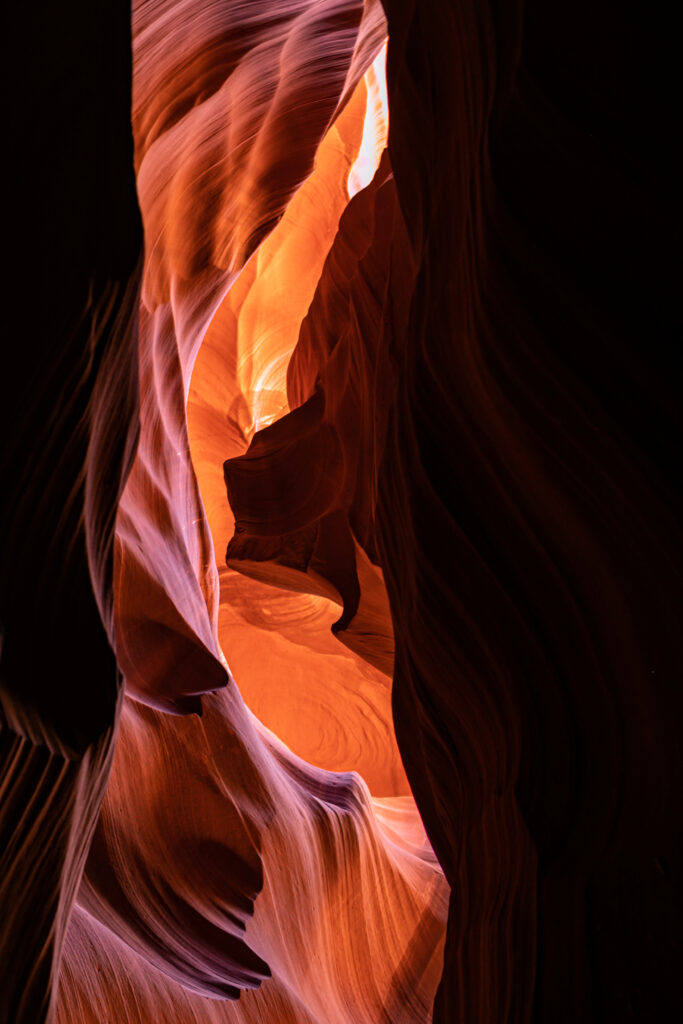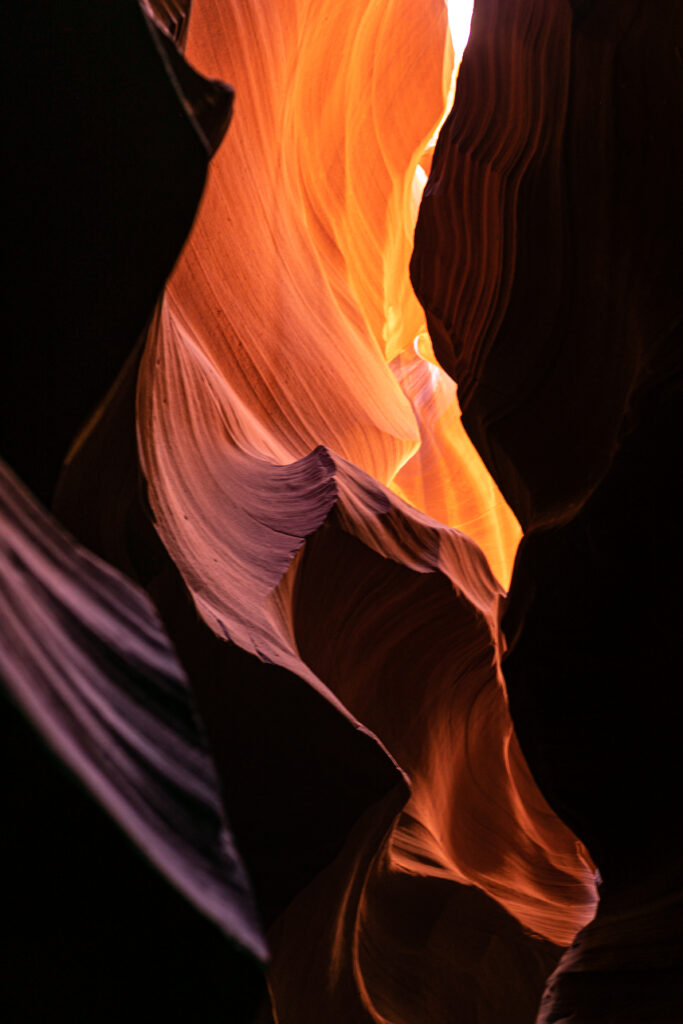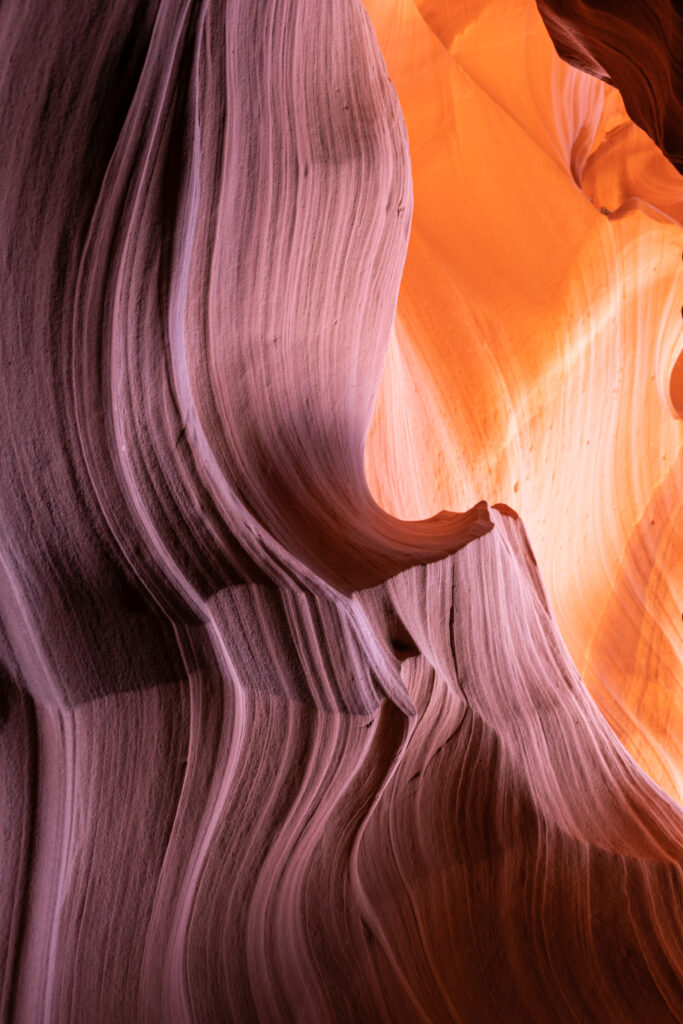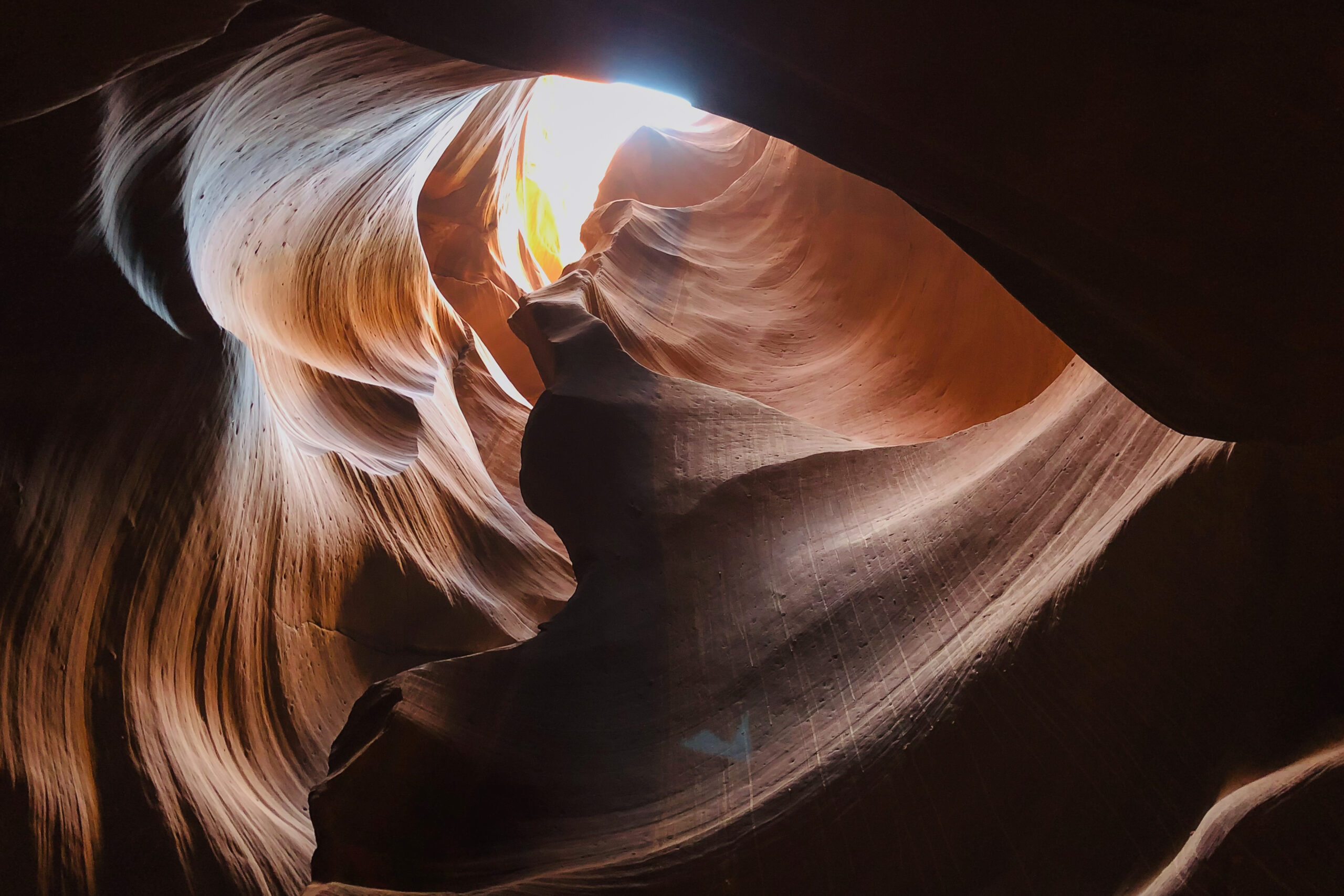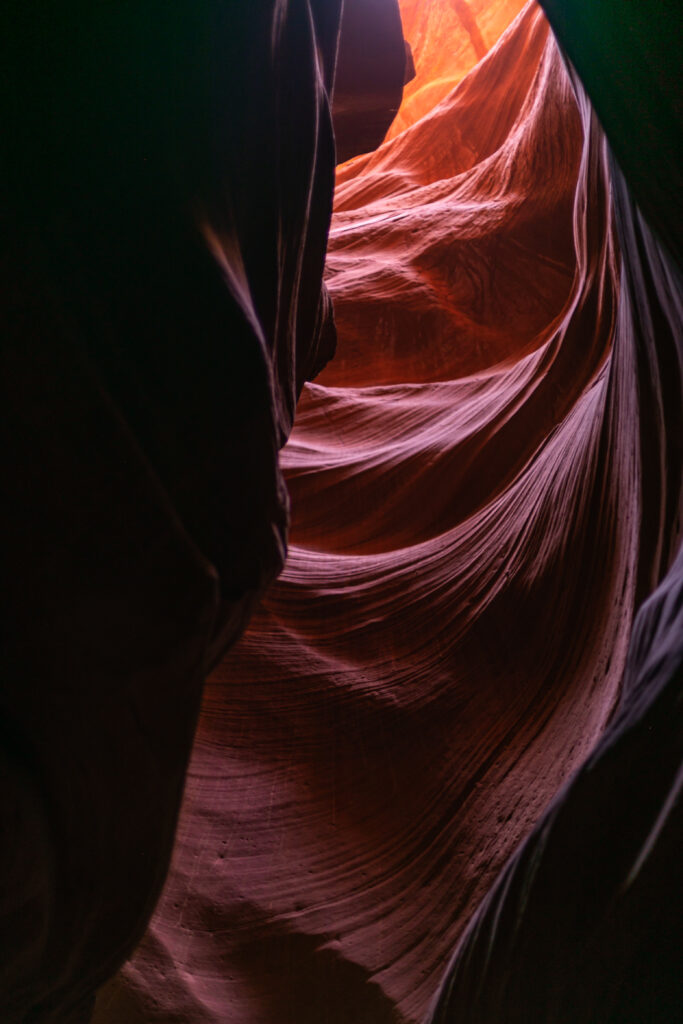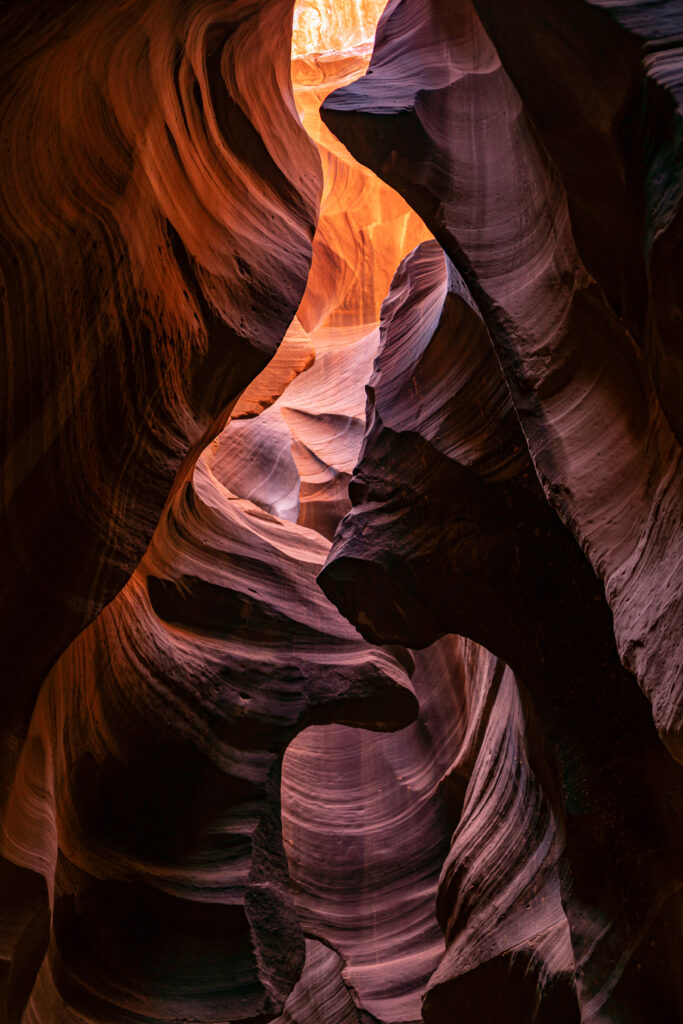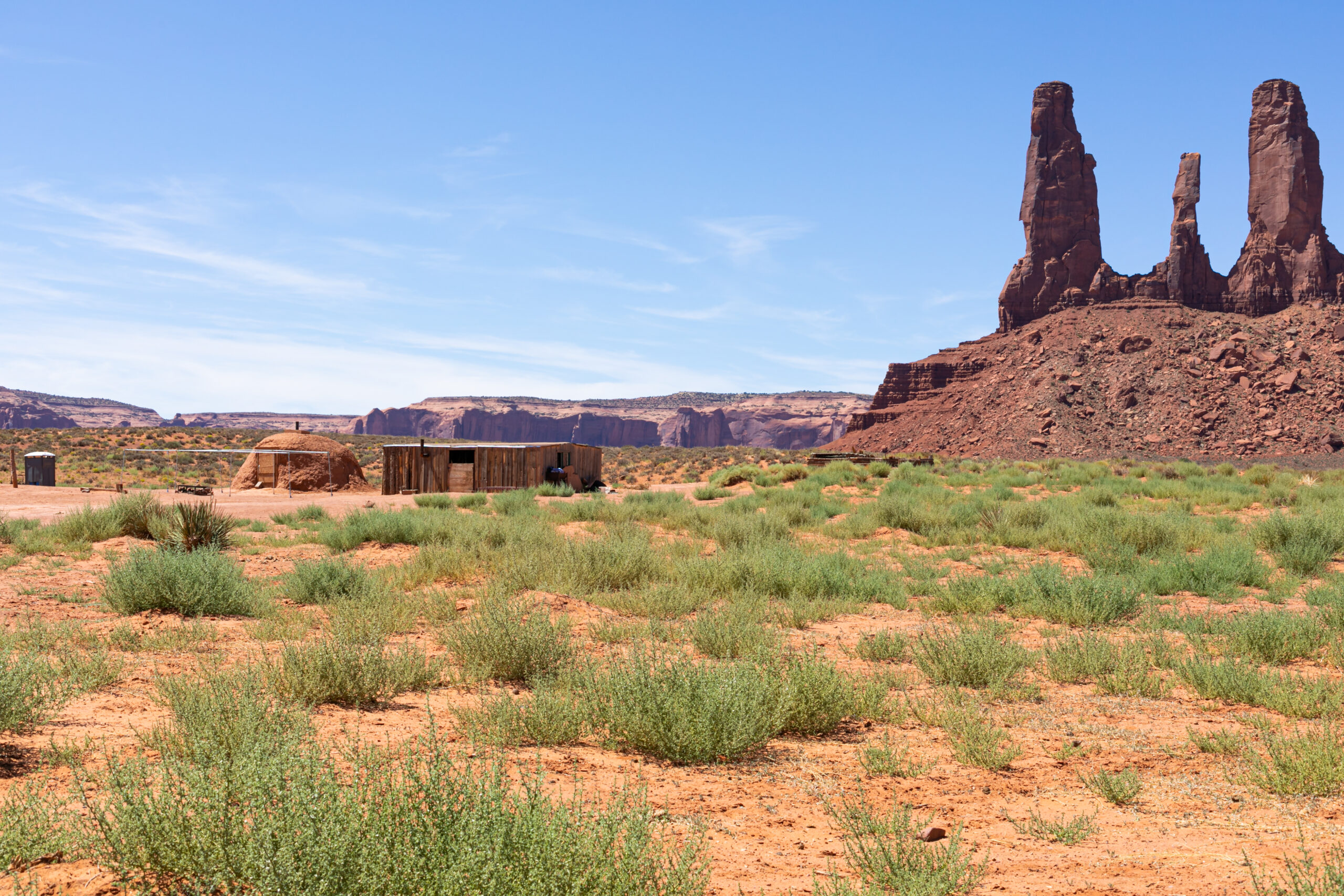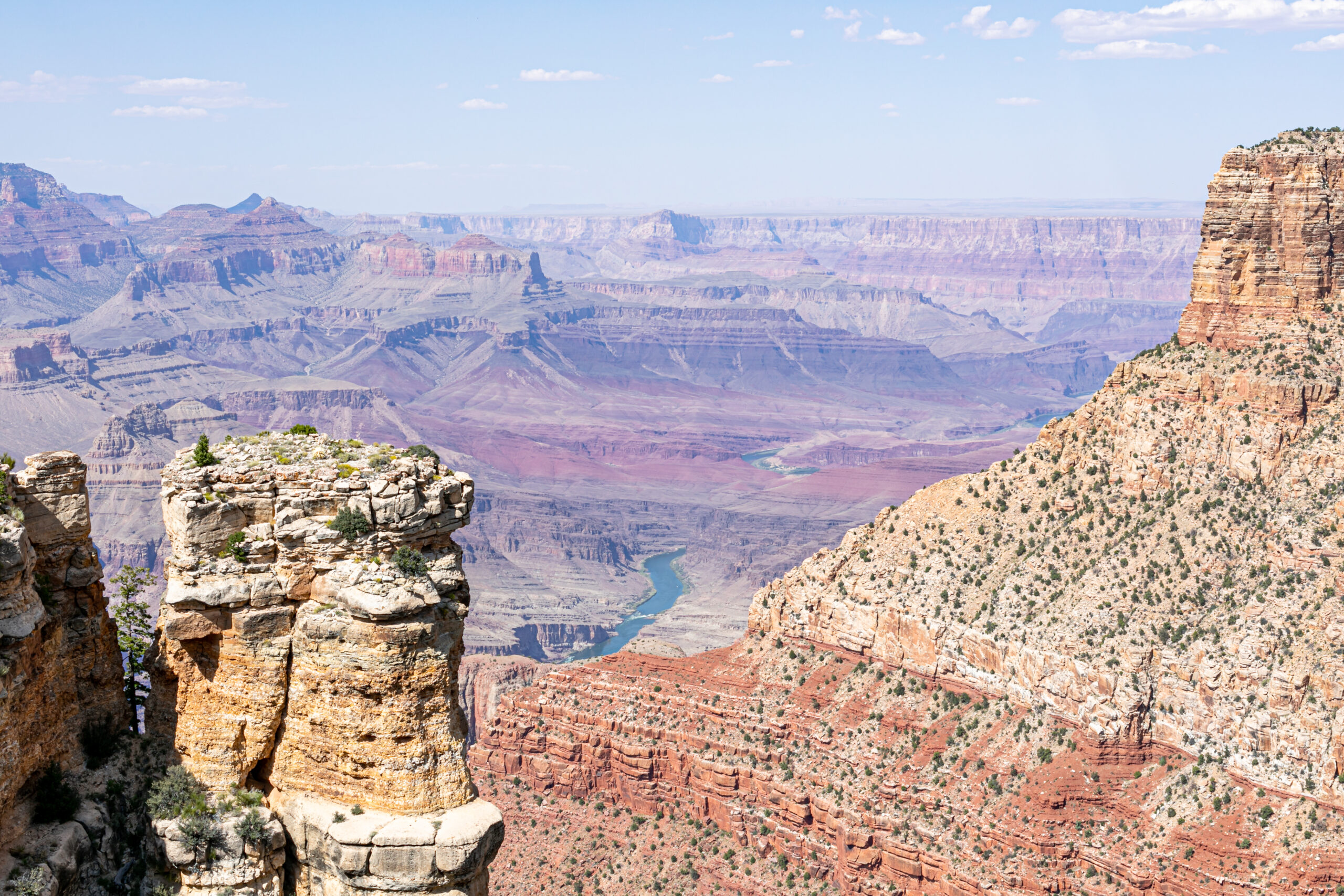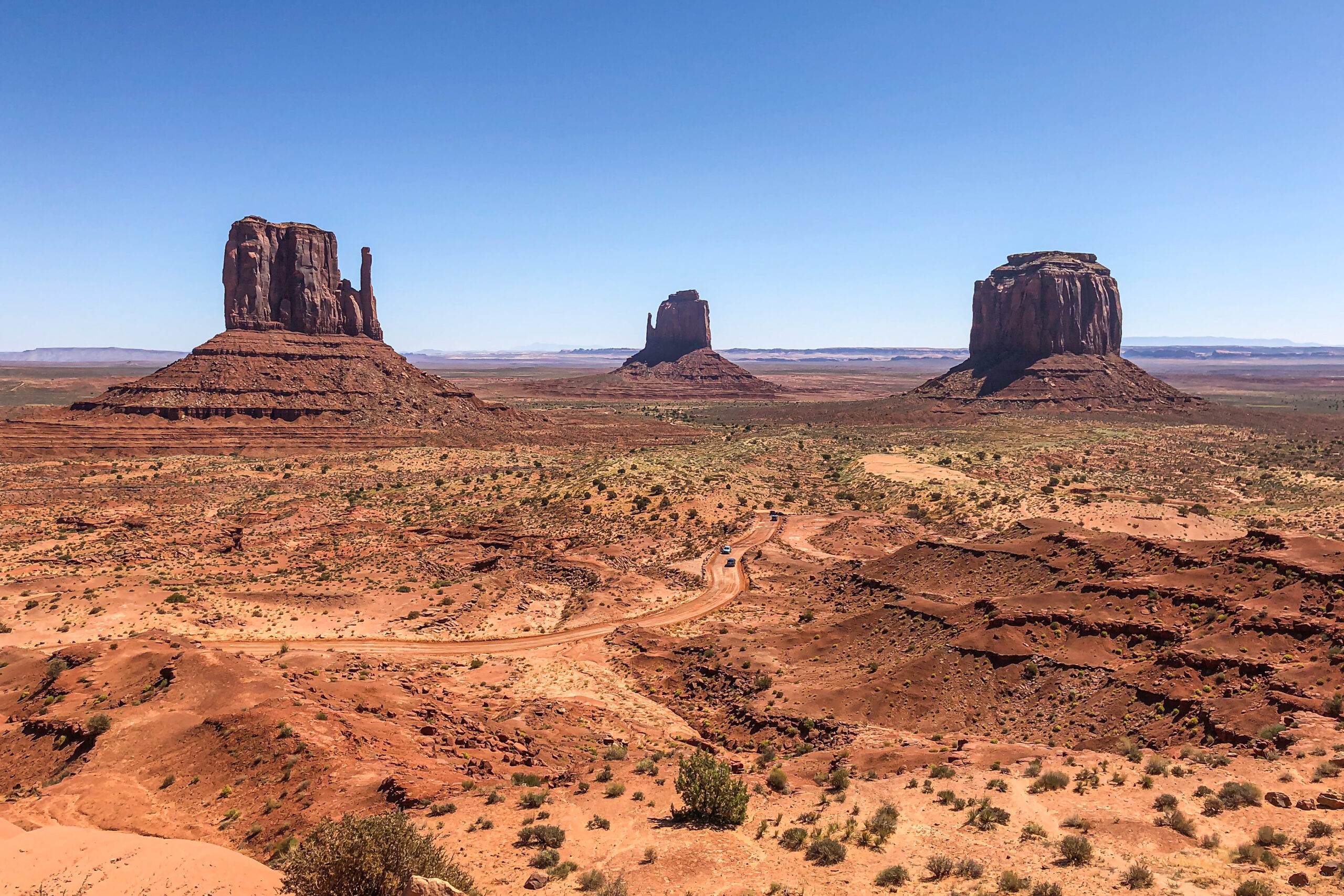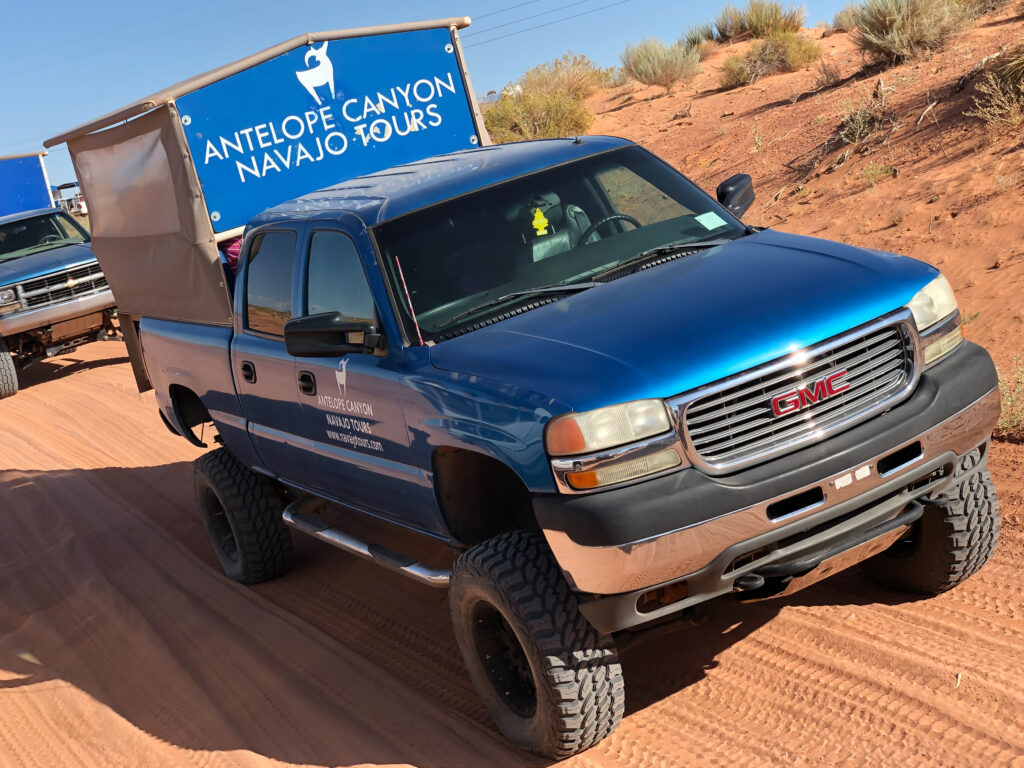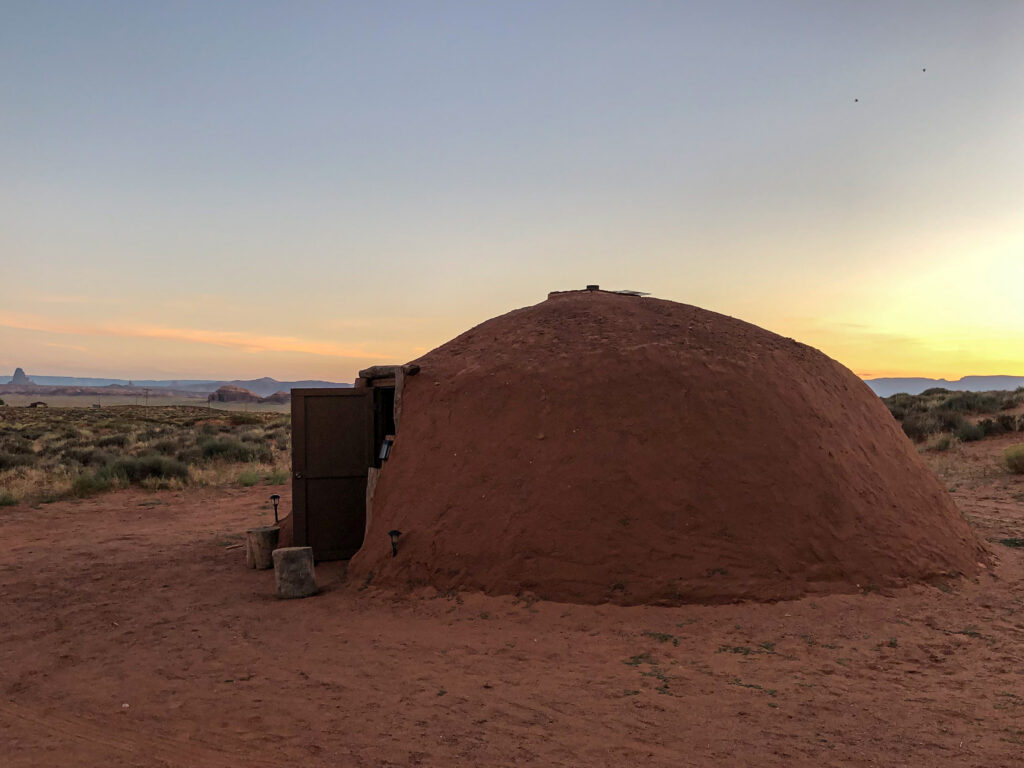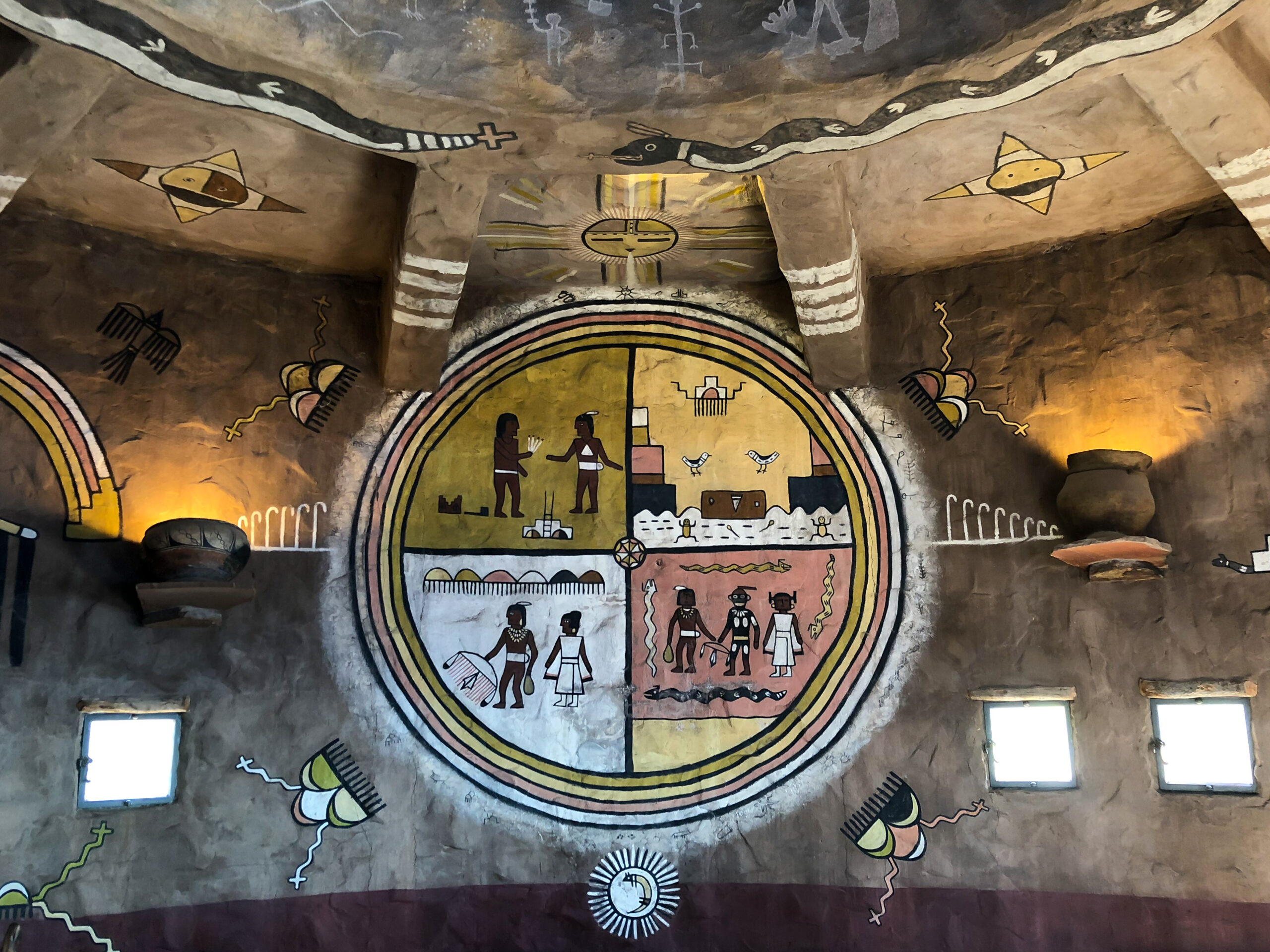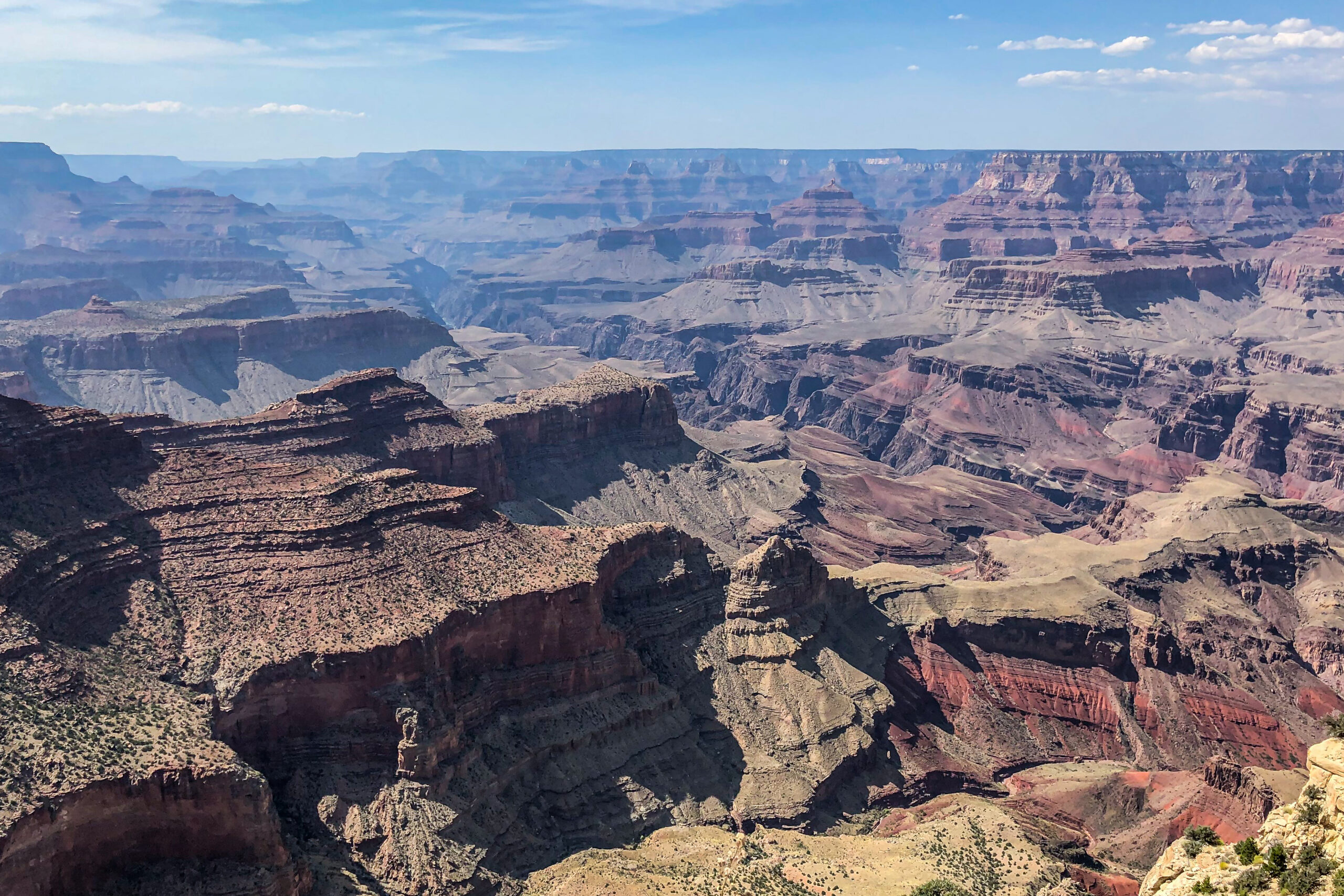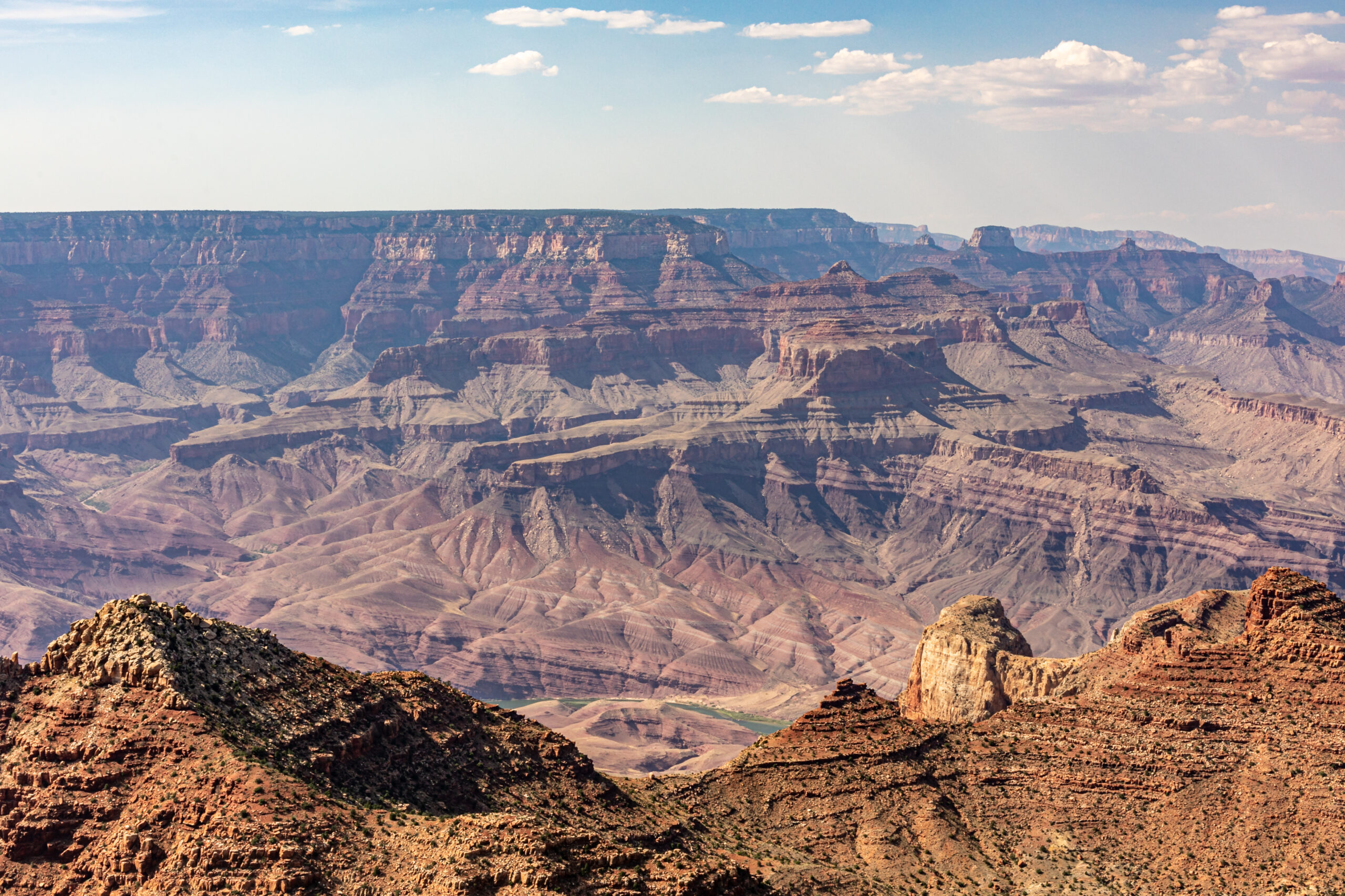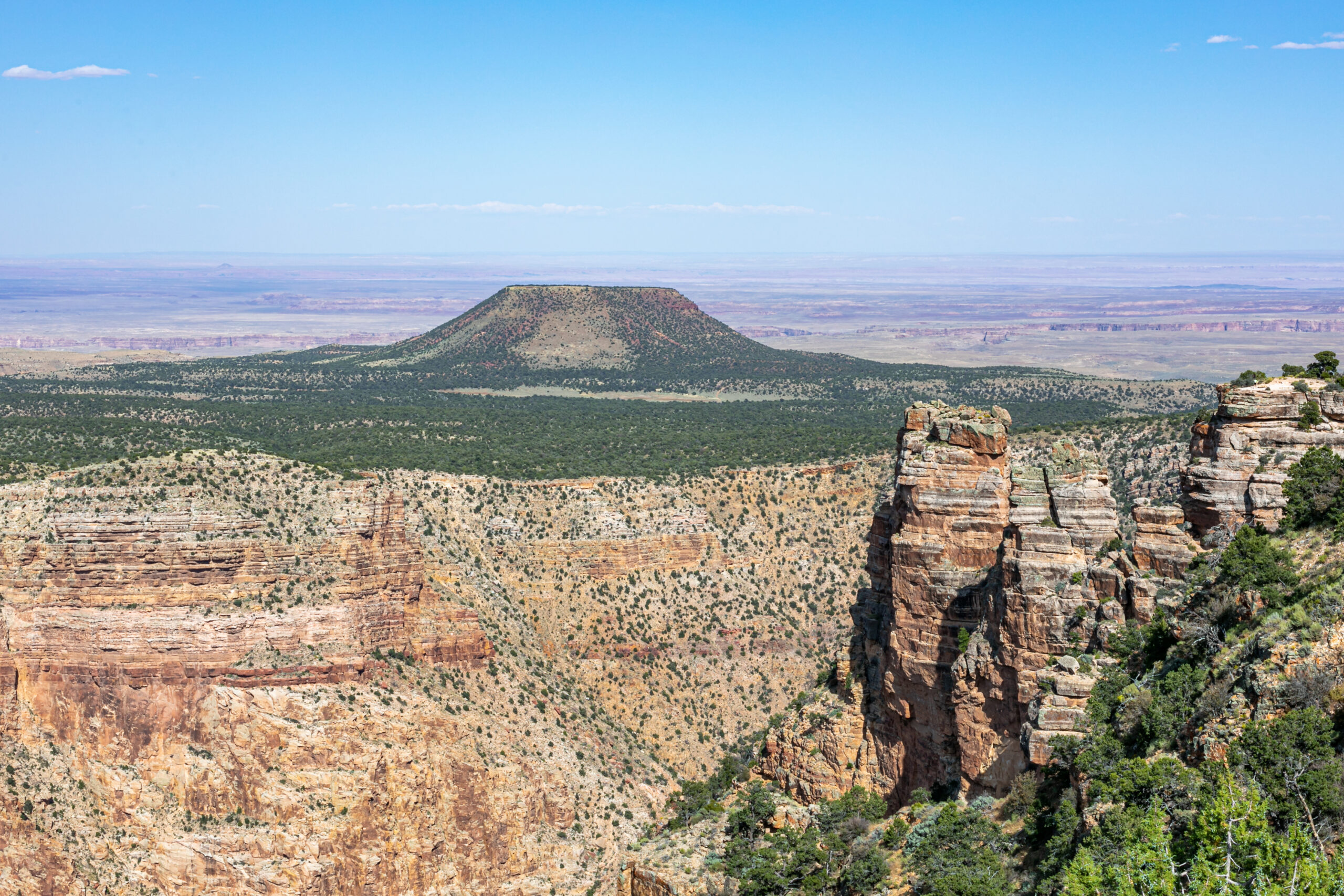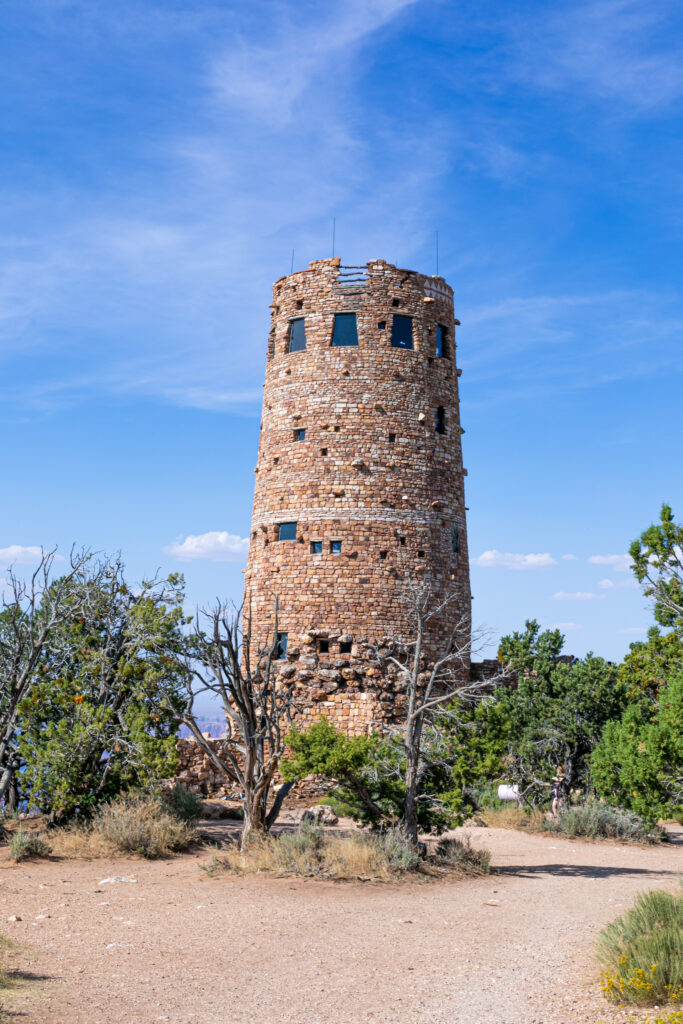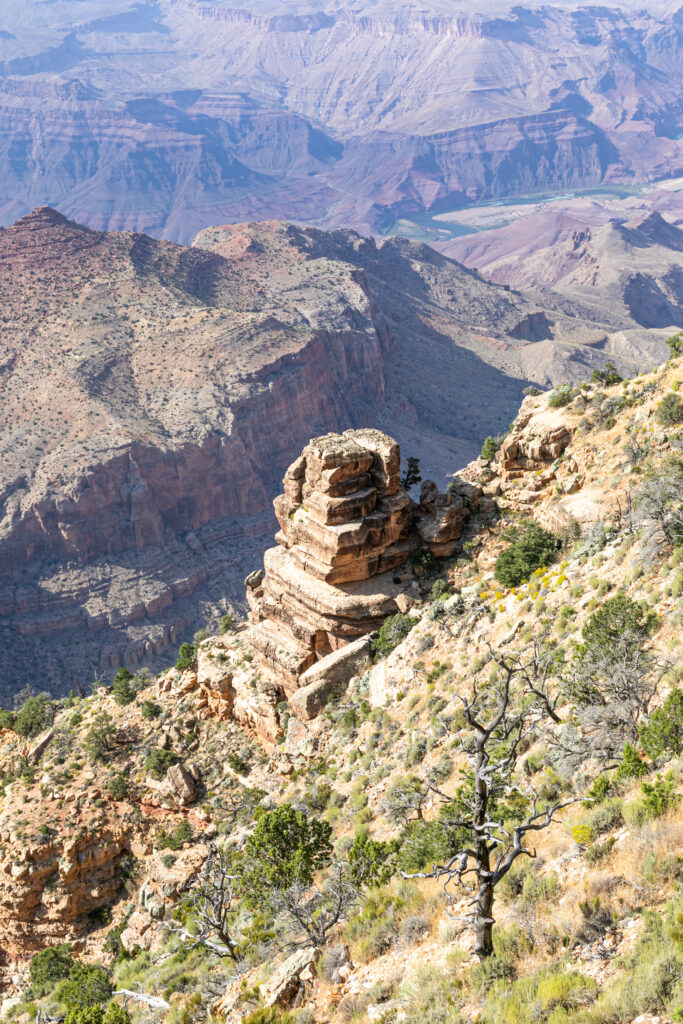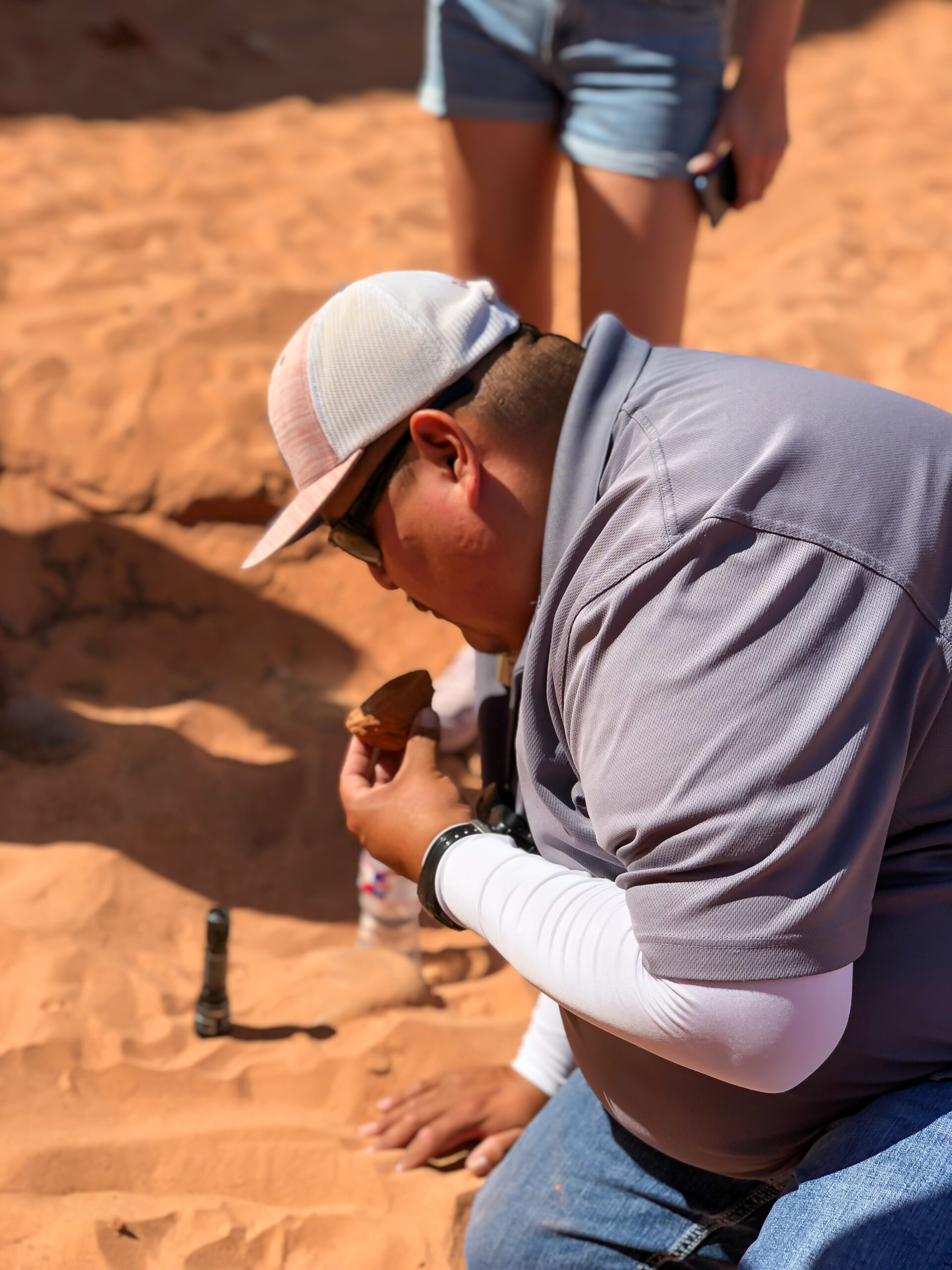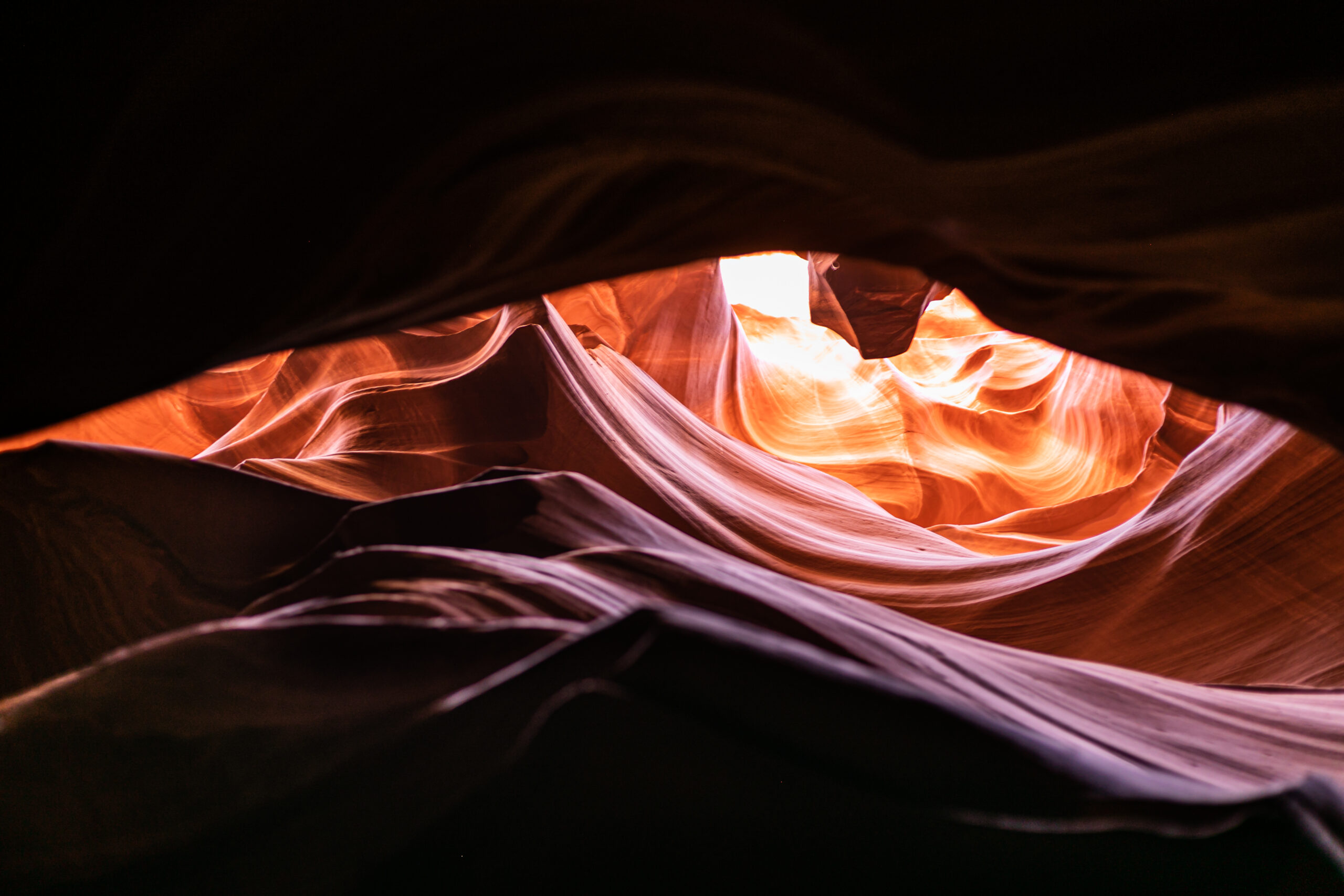
ARIZONA, ASTONISHING TRIBAL LAND
The state of Arizona is often considered as a desert and nothing more but it overflows with awe-inspiring places and landscapes, and about one-quarter of the state is made up of Indian reservations including the Navajo Nation, the largest in the United States with more than 300,000 citizens.
The state of Arizona is often considered as a desert and nothing more but it overflows with awe-inspiring places and landscapes, and about one-quarter of the state is made up of Indian reservations including the Navajo Nation, the largest in the United States with more than 300,000 citizens.
The Navajo Nation is an American Indian territory covering about 71,000 km (17,544,500 acres), occupying portions of northeastern Arizona, southeastern Utah, and northwestern New Mexico in the United States. The original territory has been expanded several times since the 1800s.
The first one I got to see was the Grand Canyon. The view is amazing, there are rocks everywhere in different shapes and layers of colors. You can visit the National Park and discover the beautiful landscape through its different points of view. The Grand Canyon abounds several Native American tribes and Indian Nations.
At some point, you can have an overlook of the Colorado River depending on where you are located.
The last view point is Desert View where you can visit the Indian Watchtower which gives a great panoramic of the Grand Canyon. Inside the watchtower, there are murals painted by Hopi Artist Fred Kabotie (The Hopi are a Native American tribe) as you can see below.
After a few hours driving, there it was: Monument Valley (meaning valley of the rocks). It is a region of the Colorado Plateau characterized by a cluster of vast sandstone buttes, the most famous ones known as West Mitten Butte, East Mitten Butte, and Merrick Butte. The valley lies within the territory of the Navajo Nation Reservation.
Tourism is an important element for the Nation and you can find a lot of parks and attractions that are part of the Navajo lands including Monument Valley.
Its spectacular red land and the immensity of the place makes you feel like being in a western movie. But beyond that, Monument Valley is a highly symbolic place, which tells the story of the Navajo people, the injustices, their suffering and their struggle for rebirth.
One of the rock formation is called « Three sisters », with three buttes ; for many Native American communities, it means three seeds : corn, beans, and squash. It is said that when planted together, the Three Sisters help one another thrive and survive.
Around Monument Valley, you can come across hogans; there are the primary, traditional home of the Navajo people. A hogan can have different shapes; is made of wood or stone walls and fill up with earth, with the door facing east to welcome the rising sun for wealth and good fortune.
The next stop was Antelope Canyon, which means « the place where water runs through rocks » in Navajo language. It was formed by the erosion of Navajo Sandstone due to flash flooding and other sub-aerial processes such as rainwater which still happens.
Antelope Canyon is breathtaking and kind of feels magical; the pallet of colors from red to gold, the endless layers, textures and shapes of the sandstone makes you realize how surreal this place is.
All visits must be through a licensed Navajo tour operators with a guide, it is not possible to visit the Canyon otherwise.
